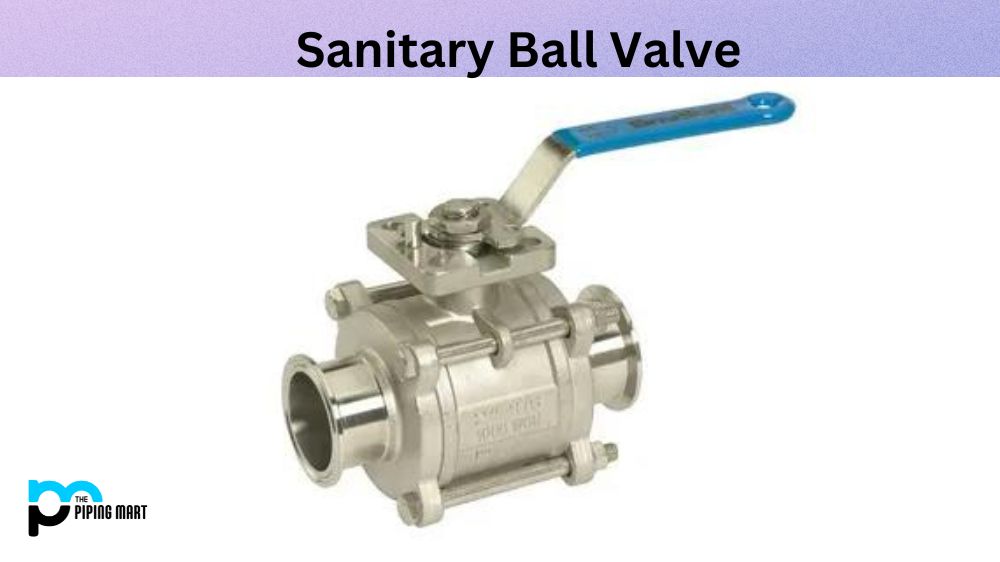Sanitary ball valves are commonly used in the food and beverage industry to regulate the flow of fluids such as liquids, gases, and steam. They are well-known for their ability to prevent leaks and bacteria buildup, making them ideal for applications that require high levels of hygiene. These valves come in various designs and materials, each with its own set of advantages and disadvantages. In this article, we explore the pros and cons of sanitary ball valves to help you make an informed decision when choosing a valve for your application.
Advantages of Sanitary Ball Valves
Low Maintenance: Sanitary ball valves require minimal maintenance due to their simple design. They have fewer moving parts, which makes them less prone to wear and tear, and they can be easily disassembled for cleaning and inspection. This also makes them more cost-effective over their lifespan.
High Flow Rates: Sanitary ball valves offer excellent flow control and have minimal pressure drop, making them ideal for applications that require high flow rates. They are also designed for quick opening and closing, which helps to maintain consistent flow rates.
Hygienic: Sanitary ball valves are designed to prevent bacteria buildup, making them suitable for food and beverage applications where hygiene is vital. They have smooth, polished surfaces and are made of materials resistant to corrosion and damage from cleaning agents.
Versatile: Sanitary ball valves can handle a variety of fluids, including liquids, gases and steam. They are also available in various materials, such as stainless steel, brass, and plastic, making them suitable for various applications.
Disadvantages of Sanitary Ball Valves
Temperature Limitations: Sanitary ball valves are not suitable for high-temperature applications as they are limited in the materials they are made from. This can be a disadvantage for applications requiring high-temperature sterilization or steam cleaning.
Limited Pressure Ratings: Sanitary ball valves are designed for low-pressure applications and may not be suitable for high-pressure environments. This can result in limited usage in certain applications.
Cost: Sanitary ball valves can be more expensive than other valves due to their specialized design and materials. However, they offer a good return on investment regarding their long-term reliability, hygienic design and durability.
Limited Sizes: Sanitary ball valves may be limited in size, which can restrict usage in applications needing larger valves.
Conclusion:
Sanitary ball valves offer numerous advantages in applications requiring high levels of hygiene and flow control. They are low maintenance, hygienic, versatile and offer excellent flow rates. However, they also have limitations such as temperature limitations, limited pressure ratings, cost and limited sizes. By weighing the pros and cons, you can determine if a sanitary ball valve is a right choice for your application and make an informed decision. As always, it’s important to consult with an experienced valve supplier to get more information on the best valve solution for your individual needs.

Pipingmart is a B2B portal that specializes in metal, industrial and piping items. Additionally, we share the latest information and information about materials, products and various types of grades to assist businesses that are involved in this business.




